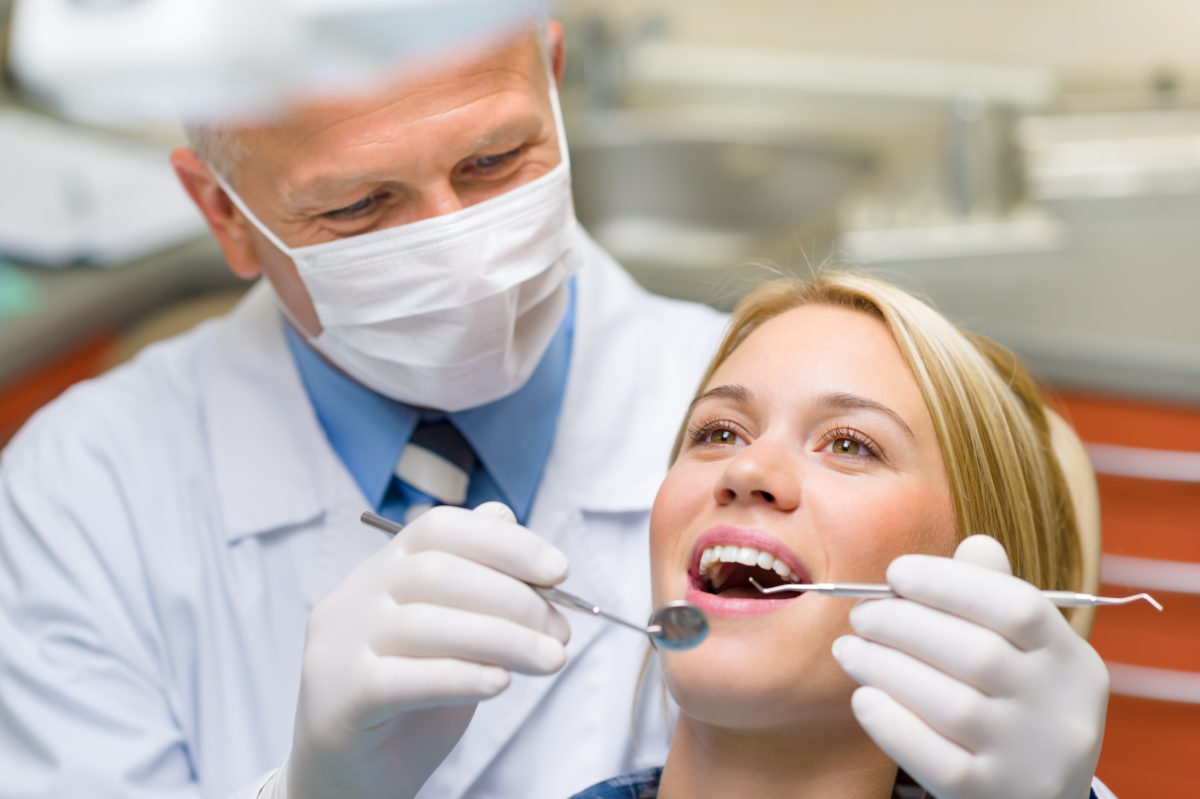Not known Facts About Legacy Orthodontics
Not known Facts About Legacy Orthodontics
Blog Article
What Does Legacy Orthodontics Do?
Table of ContentsAn Unbiased View of Legacy OrthodonticsLittle Known Questions About Legacy Orthodontics.Legacy Orthodontics Fundamentals ExplainedUnknown Facts About Legacy OrthodonticsThe Facts About Legacy Orthodontics Uncovered
In addition, we supply flexible treatment timetables, versatile repayment options and a fun, delightful experience.An orthodontist is a dental professional educated to identify, prevent, and deal with teeth and jaw abnormalities. Orthodontists function with individuals of all ages, from kids to grownups.
Malocclusion, or misaligned teeth, can result in oral issues, consisting of dental caries, gum tissue disease, and difficult or excruciating eating. But not everyone is birthed with straight teeth. If you have a poor bite or huge spaces between your teeth, you might intend to get in touch with a dental practitioner focusing on orthodontic treatment.
Legacy Orthodontics Things To Know Before You Get This
( Photo Credit Scores: DigitalVision/Getty Images) Orthodontists make use of taken care of and detachable oral gadgets, like dental braces, retainers, and bands, to alter the setting of teeth in your mouth. Orthodontic treatment is for dental irregularities, consisting of: Misaligned teethBite issues, like an overbite or an underbiteCrowded teeth or teeth that are also much apartJaw misalignmentThe objective of orthodontic therapy is to boost your bite.
While you may think of orthodontists as mostly for kids or teenagers who need dental braces, they can correct oral troubles at any type of age. Orthodontists go to college, oral school, and orthodontic institution.
All orthodontists are dentists, but not all dental experts are orthodontists. Orthodontic residency programs use extensive, focused guideline for dental experts. They concentrate on two locations: Exactly how to correctly and safely move teeth How to effectively guide growth in the teeth, jaw, and faceOnce an orthodontist has actually completed training, they have the option to become board accredited.
Legacy Orthodontics Can Be Fun For Everyone
Imbalance, or malocclusion, is the most usual reason individuals see an orthodontist. It is hereditary and is the result of size distinctions in between the upper and lower jaw or between the jaw and teeth. Malocclusion causes tooth congestion, a misshapen jaw, or irregular bite patterns. Malocclusion is generally treated with: Your orthodontist attaches metal, ceramic, or plastic square bonds to your teeth.
If you have just small malocclusion, you might have the ability to use clear dental braces, called aligners, as opposed to traditional braces (http://peterjackson.mee.nu/where_i_work#c2386). Some individuals require a headgear to aid move teeth into line with stress from outside the mouth. After braces or aligners, you'll need to put on a retainer. A retainer is a customized tool that keeps your teeth in location.
They're most typically utilized on youngsters. They can create additional area in the mouth without needing to draw teeth. If you have a severe underbite or overbite, you could require orthognathic surgery (likewise called orthodontic surgical procedure) to extend or shorten your jaw. Orthodontists utilize wires, medical screws, or plates to support your jaw bone.
You might need to see an orthodontist if you have: Crowding or not sufficient area for all of your teethOverbite, when your top teeth come by your base teethUnderbite, when your bottom teeth are too much forwardSpacing or important source issues with gapsCrossbite, which is when your upper teeth fit behind your base teeth when your mouth is closedOpen bite or a vertical void in between your front base and top teethMisplaced midline, when the center of your bottom and upper teeth do not line up Dealing with an oral malocclusion can: Make attacking, eating, and talking easierImprove the proportion of our face and your general appearanceEase discomfort from temporomandibular joint conditionsSeparate your teeth and make them much easier to clean up, aiding stop dental cavity or dental caries It's typically a dentist who first notifications misaligned teeth throughout a routine exam.
Some Ideas on Legacy Orthodontics You Should Know

Throughout your very first orthodontic appointment, you'll likely have: A dental examPhotos taken of your face and smileDental X-raysPanoramic (360 level) X-rays of your face and headImpressions to produce molds of your teethThese tests will certainly aid your orthodontist understand exactly how to continue with your therapy. leesburg braces. An orthodontist is a dental expert that's had training to treat your teeth and jaw
Orthodontists might perform surgery, exams,X-rays,and more to aid you obtain a much more comfortable, healthier smile. An orthodontist is focused on your bite, so something like a damaged tooth would be dealt with by a dental expert. Orthodontists are dental practitioners however not all dental experts are orthodontists. Orthodontists are concentrated on your bite, or the method your teeth meshed, and the straightness of your teeth.
Ever questioned exactly how stars constantly appear to have completely straightened teeth? Orthodontists are dental experts that concentrate on correcting irregularities in the teeth and jaws.
6 Simple Techniques For Legacy Orthodontics

While dental braces are one of the most commonly recognized orthodontic treatment, orthodontists have a diverse toolkit at their disposal. The certain technique picked relies on the severity of the case, the individual's age, and private preferences. These reliable dental braces make use of a system of braces bound to the teeth and linked by cords.
Clear aligners, like Invisalign, are a prominent alternative for clients looking for a more very discreet therapy choice. These removable trays are tailor-made to gradually move the teeth's position. Headgear may be made use of combined with braces or aligners to apply added targeted pressures, particularly for fixing jaw discrepancies. In cases of narrow jaws, palatal expanders can be used to create area for appropriate tooth positioning.
Report this page